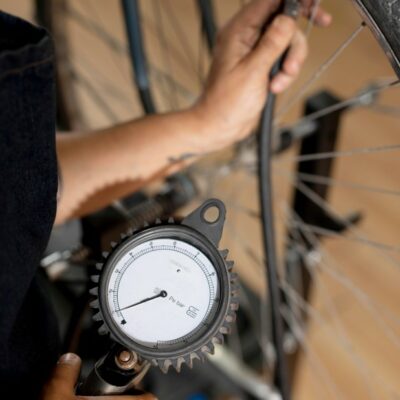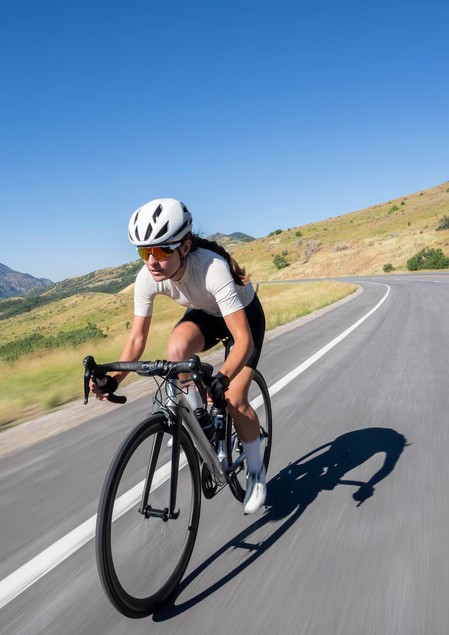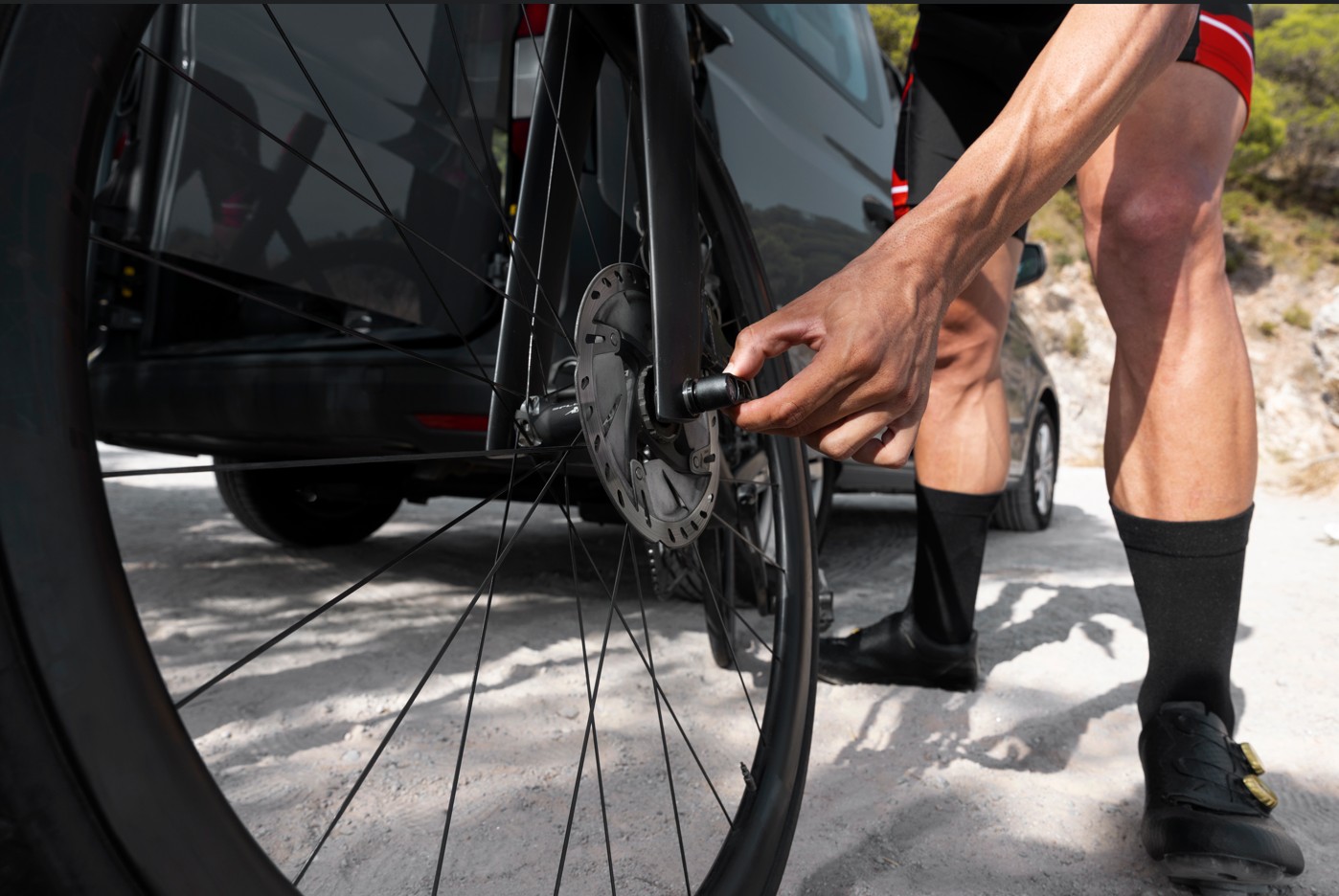BICYCLE TIRE PRESSURE: THE ULTIMATE GUIDE TO OPTIMAL, HIGH-PERFORMANCE INFLATION
Introduction
Bicycle tire pressure is a key factor influencing cyclist performance, comfort and safety. Incorrect inflation can lead to loss of grip, premature wear and an increased risk of punctures. But what is the ideal pressure to optimize your performance? Discover our tips for adjusting tire pressure to suit your riding style.
How do you determine the right pressure?
Several criteria influence the optimum pressure of a bicycle tire:

The impact of pressure on performance and comfort
Proper tire pressure adjustment allows :
Recommended pressure by tire type
Pressure also depends on the type of tire used:
Differences between road and gravel tires
Both types of tire require appropriate pressures:

How to measure and adjust pressure
Precise inflation is essential. Follow these steps to set the correct pressure:

Common mistakes and how to avoid them
Tips for optimal inflation
Interactive tool: pressure calculator
Use our interactive calculator to determine the ideal tire pressure for your weight and type of bike.
Instructions for use :
Recommended pressures for road tires
Recommended pressures for gravel tires
Optimize your bike’s tire pressure for better performance and greater safety on the road and/or trails!
